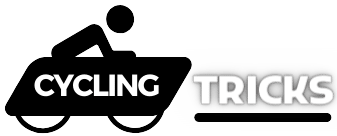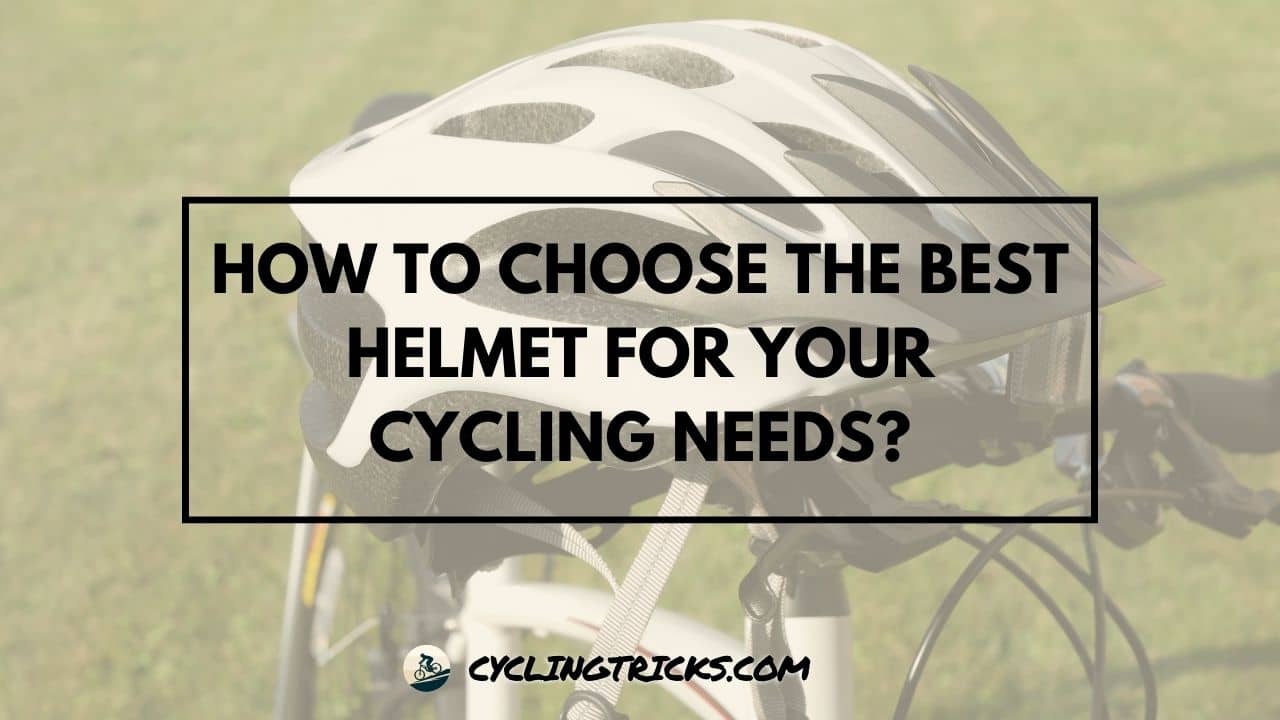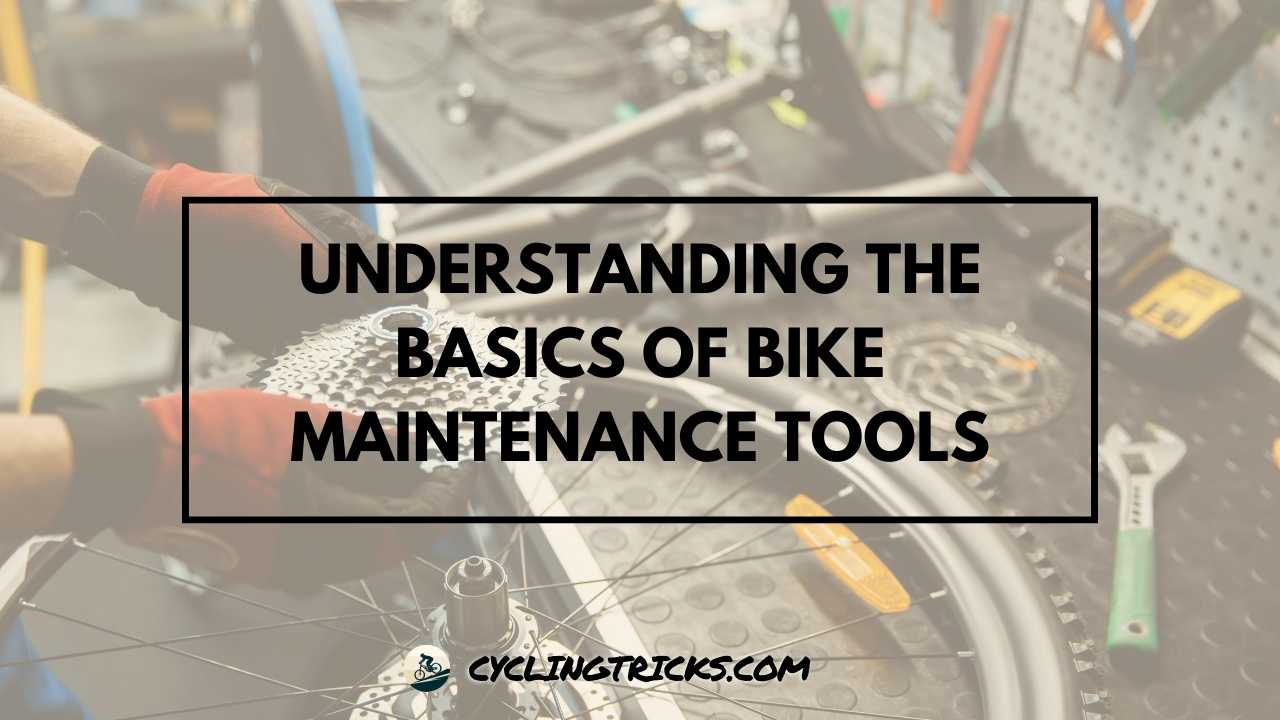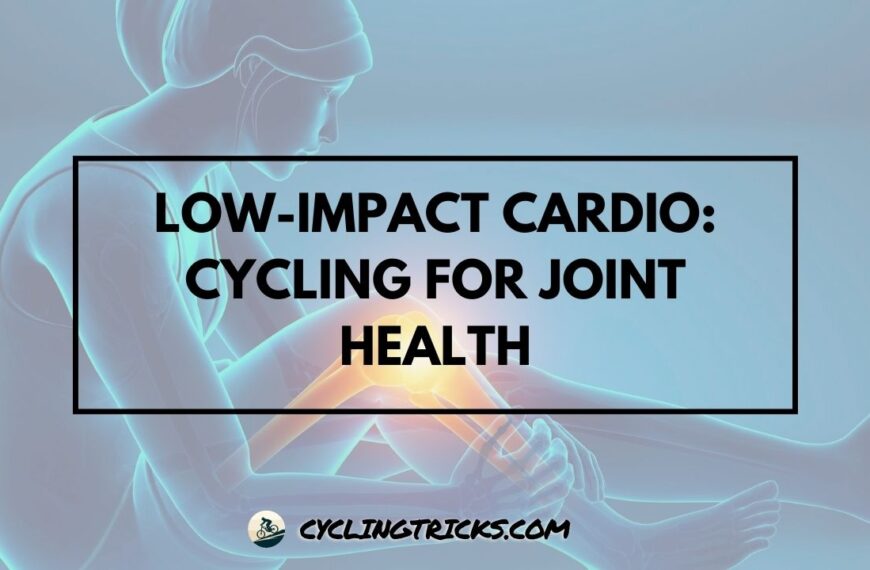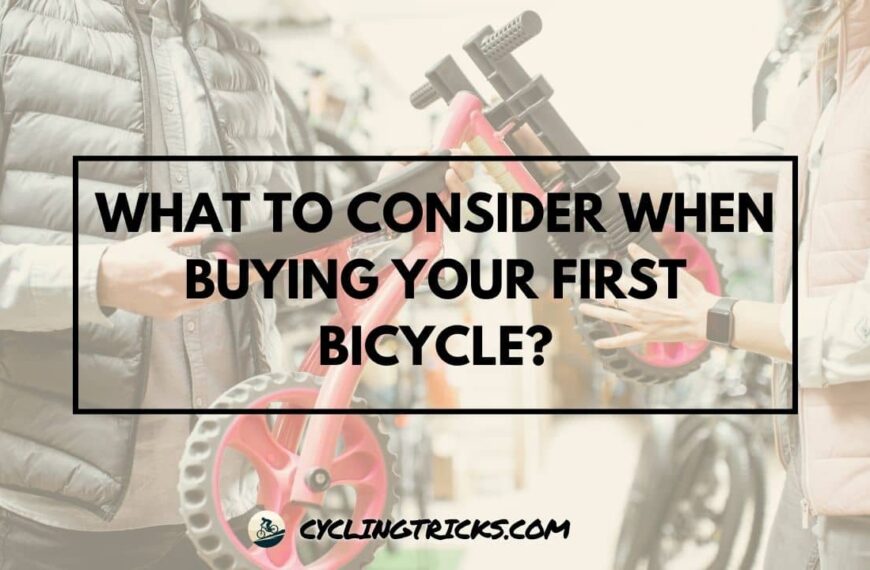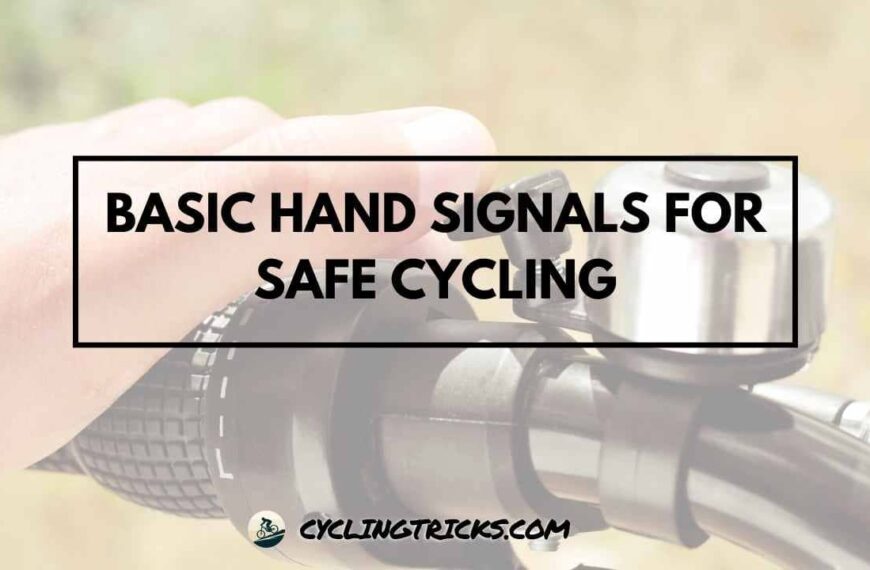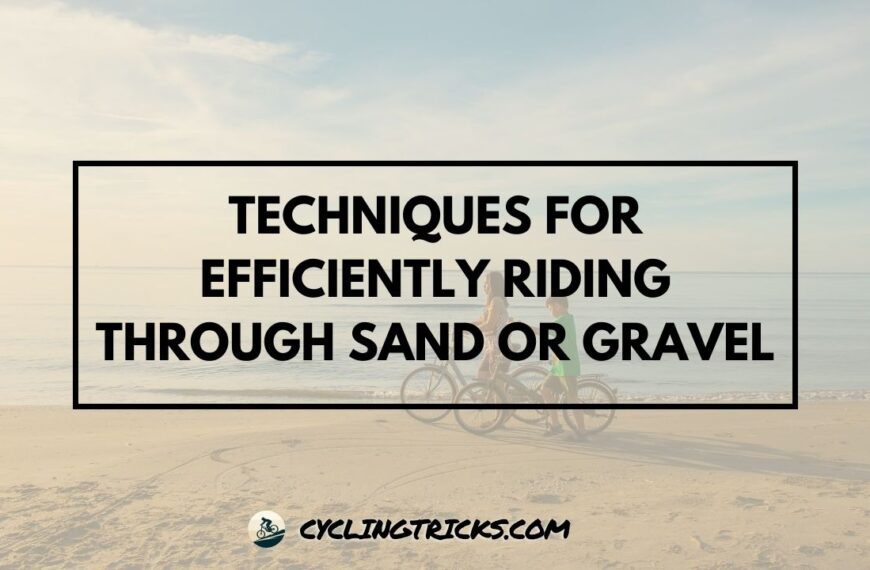let’s peep into the world of helmet choices, ensuring you find the perfect match for your cycling adventures. We all know how crucial it is to keep our heads safe, right?
Picture this: wind in your hair, pedals spinning, and the open road calling. Now, imagine doing all that with the confidence that your noggin is snug and secure in the best possible helmet. That’s what we’re here for – to guide you through the process of choosing the ultimate helmet for your cycling needs.
In this chat, we’ll talk about everything from picking the right size to understanding the nifty features that make a helmet stand out. Whether you’re a seasoned rider or gearing up for your first spin, this guide is crafted just for you. No jargon, no fuss – just straightforward advice to make your helmet decision a breeze.
So, let’s roll into the details and gear up for a safer, more enjoyable cycling experience.
How to choose the right cycling helmet
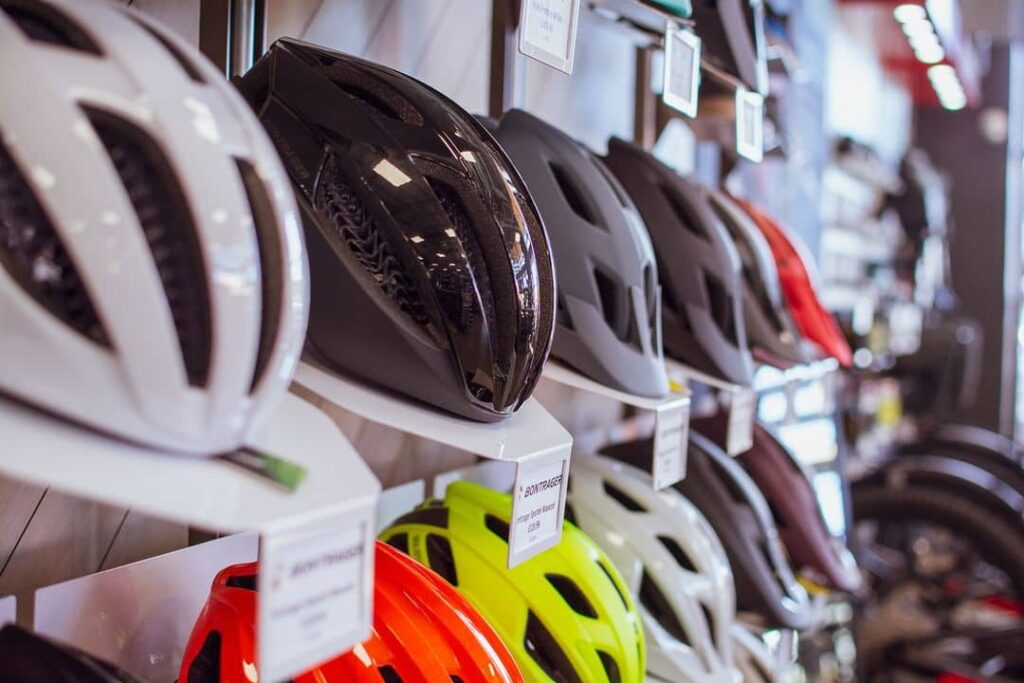
Picking the right cycling helmet might sound tricky, but don’t worry – it’s simpler than you think. Let’s break it down into easy steps:
1. Measure Your Noggin:
First things first, know your head size. Grab a tape measure and wrap it around your forehead, just above your eyebrows. Easy, right? This helps you pick a helmet that fits snugly.
2. Check for a Snug Fit:
Your helmet should sit level on your head and cover your forehead. Buckle it up – not too tight, not too loose. Give it a shake – if it wobbles, it’s not the one. A secure fit is key.
3. Consider Ventilation:
No one likes a sweaty head! Look for helmets with vents. They keep you cool during those hot rides. More vents mean better airflow – simple as that.
4. Think About Your Ride Style:
Are you a speedy road cyclist or a rough-and-tumble mountain biker? Different helmets suit different styles. Road helmets are aerodynamic, while mountain bike helmets offer more coverage.
5. Look for Safety Features:
Safety first, always. Check for safety standards – it’s like a helmet quality stamp. Some helmets also have extra features like MIPS technology for added protection.
6. Your Style, Your Helmet:
Helmets come in all shapes and colors. Pick one that matches your style. After all, you want to look good while staying safe, right?
How to find what helmet size you need
Getting the right helmet size is like finding the perfect pair of shoes – it needs to fit just right for comfort and safety. Let’s make it easy:
Get Your Tape Measure:
Grab a tape measure or even a piece of string. You’ll need it to measure around your head.
Measure Above Your Brows:
Wrap the tape around your forehead, just above your eyebrows. Keep it straight and snug – not too tight, not too loose.
Note the Measurement:
Once you’ve circled your head, note the measurement in centimeters or inches. That’s your head size.
Check the Size Chart:
Helmet brands usually have a size chart. Match your head measurement to the chart – small, medium, large, you get the drift.
Try It On:
If possible, try the helmet on before buying. It should sit level on your head, covering your forehead without tilting.
Snug but Not Squeezed:
Buckle it up and give it a shake. If it wobbles, it’s too big. If it squeezes, it’s too small. Find that sweet spot – snug but not squeezed.
Kid’s Helmets Have Their Chart:
If you’re shopping for a little one, they have their own size chart. Measure their head, check the chart, and voila – the perfect fit.
That’s it – finding your helmet size is a breeze. No need for complicated formulas. Just a tape measure, and a bit of know-how, and you’re on your way to a helmet that fits like a glove.
Here’s a simple representation of a helmet size chart:
| Head Circumference (in inches/cm) | Helmet Size |
|---|---|
| 20 – 20.5 inches / 51 – 52 cm | Small |
| 21 – 21.5 inches / 53 – 54 cm | Medium |
| 22 – 22.5 inches / 56 – 57 cm | Large |
| 23 – 23.5 inches / 58 – 60 cm | Extra Large |
Here’s a simplified helmet size chart for kids:
| Head Circumference (in inches/cm) | Kid’s Helmet Size |
|---|---|
| 18.5 – 19.5 inches / 47 – 50 cm | Small |
| 19.5 – 20.5 inches / 50 – 52 cm | Medium |
| 20.5 – 21.5 inches / 52 – 55 cm | Large |
Remember, this is a general guideline, and each brand might have its specific size chart. Always refer to the manufacturer’s recommendations for the most accurate sizing information.
Anatomy of the bike helmet
Let’s explore the different parts that make up a bike helmet, making it your trusty companion for a safe and comfortable ride.
A bike helmet is like a protective shield for your head, and its outer shell is the first line of defense. Picture it as the tough exterior of an egg, designed to take the hit and distribute the force, ensuring your head stays safe.
Right beneath the outer shell is the impact-absorbing liner. This layer is soft on the inside but tough on impacts, effectively absorbing shocks to minimize the risk of head injuries.
Ventilation holes play a crucial role, more than just a design element. These holes allow a steady flow of air, keeping your head cool as you pedal away. No one wants a sweaty head, right?
Now, let’s talk about the straps and buckles – the unsung heroes. The straps keep the helmet securely in place, and the buckle ensures it stays on during your ride. It’s like the seatbelt for your head, providing that extra layer of security.
Inside the helmet, you’ll find padding for added comfort. This soft cushion makes your ride cozy, ensuring that you focus on the journey without any discomfort.
Some helmets come with a visor, a brim at the front resembling sunglasses for your helmet. It’s a handy feature, shading your eyes from the sun and enhancing your overall riding experience.
Lastly, adjustments are key. Most helmets allow you to tweak the straps and fit to personalize your helmet for maximum comfort and safety.
Features of Best Helmet for Your Cycling

Let’s chat about what makes a helmet top-notch for your cycling adventures. It’s like picking the best tool for the job – your helmet should have these key features:
Solid Outer Shell:
Look for a helmet with a tough outer layer. It’s your first guard against bumps and knocks, like a shield for your head.
Impact-Absorbing Liner:
Under that outer shell, there’s a layer that’s soft on the inside but strong on impacts. This part absorbs the shock, keeping your head safe.
Ventilation Magic:
Those little holes in your helmet aren’t just for show. They keep your head cool by letting the breeze in. A cool head makes for a more enjoyable ride.
Secure Straps and Buckle:
Your helmet should stay on your head, no matter what. Check for snug straps and a sturdy buckle – it’s like your helmet’s seatbelt.
Comfortable Padding:
Inside, there’s padding for comfort. It’s like a comfy pillow for your head, making those long rides more pleasant.
Easy Adjustments:
The best helmets let you tweak things. Adjust the straps and fit to make sure it sits just right on your head – like a personalized fit for you.
Optional Visor Coolness:
Some helmets come with a front visor, like sunglasses for your helmet. It’s not just stylish; it shades your eyes from the sun, adding a cool factor.
Choosing the best kids helmet
Let’s make sure your little rider stays safe and stylish with the perfect helmet. Picking a kids’ helmet is like finding the coziest teddy bear for their head – it should be comfy and offer top-notch protection. Here’s how to choose the best one:
Right Size Matters:
Measure your kiddo’s head – wrap a tape around, just above the eyebrows. Check the size chart and pick the one that matches. Think Goldilocks – not too big, not too small.
Straps and Buckle Check:
Make sure the straps are snug but not too tight. Fasten the buckle securely; it’s like the superhero cape that keeps the helmet in place.
Fun Designs:
Kids love cool stuff, right? Look for helmets with fun designs or their favorite colors. It’s like letting them pick their own superhero costume.
Lightweight and Comfy:
A good kids’ helmet should feel light and comfy. They shouldn’t even notice it’s there – just like a comfy cloud on their heads.
Safety First:
Check for safety standards. Look for the safety stamp – it’s like a superhero badge that ensures your little one is protected.
Adjustable Fit:
Kids grow fast, right? Choose a helmet with adjustable features. It’s like a magical helmet that grows with them.
Let Them Choose:
Kids love having a say. Let them pick their helmet – it’s like choosing a sidekick for their biking adventures.
Bike Helmet Care
Taking care of your bike helmet is like giving it a little love so it can keep giving you the protection you need. Let’s keep it simple:
Firstly, please give it a gentle wipe-down after each ride. A damp cloth will do the trick. No need for fancy cleaners – just a wipe to keep it fresh.
Now, don’t forget those vents! Dirt can sneak in there, and we don’t want that. Grab a soft brush or even an old toothbrush and give those vents a quick clean. Easy peasy.
Straps and buckles need some love too. Check them for any grime or dirt. A wipe with a damp cloth will keep them clean and working smoothly.
If your helmet took a hit – maybe it saved you from a tumble – it might be time for a replacement. Helmets do their best work in a single impact, so it’s like a superhero retiring after a big mission.
Storing your helmet is a breeze. Find a cool, dry place, away from direct sunlight. You don’t want it getting too hot – helmets like a cozy, cool spot.
Lastly, replace your helmet every five years. Technology and safety standards evolve, and it’s like upgrading to a new and improved superhero suit.
Taking care of your bike helmet is easy, and it ensures it’s always ready to be your trusty sidekick on every ride.
What Mistakes Occur for Selecting Bike Helmet?
Let’s chat about some common oopsies folks make when picking a bike helmet. It’s like learning from others so you can avoid these hiccups:
1. Size Oops:
Picking the wrong size is a classic goof. Measure your head and stick to the size chart. Too big or too small? Not good.
2. Loose Straps Oops:
Are straps too loose? It’s like riding without a seatbelt. Snug them up – safety first!
3. Style Over Safety Oops:
Going for looks instead of safety features is a big oops. Make sure your helmet has all the safety superhero stuff first, then pick a cool design.
4. Forgetful Replacement Oops:
Forgetting to replace your helmet after a crash is a big no-no. Helmets do their best work in one go – just like a superhero saving the day once.
5. Ignoring Safety Standards Oops:
Not checking for safety standards is like jumping into a pool without checking if there’s water. Always look for the safety stamp!
6. Super Tight Oops:
Are straps too tight? That’s uncomfortable and not safe. It’s like trying to wear jeans two sizes too small – just not right.
7. Wrong Helmet for the Ride Oops:
Using the wrong helmet for your type of ride is a common mistake. Road helmet for mountain biking? Nope, that’s like wearing flip-flops to a snowball fight.
8. Not Testing the Fit Oops:
Buying without trying is like ordering shoes without checking if they fit. Always try on your helmet before you buy.
Avoiding these helmet-picking bloopers is easy. Measure, check, and go for safety first. Your helmet is your biking buddy – let’s make sure you and it are a perfect match!
FAQs
How do I know the right size for my bike helmet?
Measure your head just above your eyebrows and refer to the size chart; choose a helmet that matches your measurement.
Can I use any helmet for different types of cycling?
Helmets are designed for specific activities, so choose one that suits your riding style – road helmets for speed, and mountain bike helmets for rough terrain.
How often should I replace my bike helmet?
Replace your helmet every five years or after a significant impact to ensure continued safety and protection.
What features should I prioritize when selecting a kids’ helmet?
Look for a helmet with a fun design, lightweight build, and adjustable features to ensure a comfortable and secure fit for your little rider.
How should I care for my bike helmet?
Wipe it down with a damp cloth after each ride, clean the vents with a soft brush, and store it in a cool, dry place away from direct sunlight.
Conclusion
In conclusion, choosing the right helmet for your cycling adventures is a straightforward process when you pay attention to a few key details. Remember to measure your head for the correct size, ensuring a snug but comfortable fit. Check the straps and buckle to guarantee a secure and safe riding experience.
When selecting a helmet, prioritize safety features over style, making sure it has a solid outer shell, impact-absorbing liner, and proper ventilation. For our little riders, opt for kids’ helmets that are lightweight, fun, and adjustable to accommodate their growing needs.
Taking care of your helmet is just as important. A simple wipe-down and regular checks for any damage will keep it in top shape. Remember to replace your helmet every five years or after a significant impact, ensuring it continues to provide the protection you need.
Lastly, steer clear of common mistakes, such as choosing the wrong size, neglecting safety standards, or using the wrong helmet for your type of ride. By avoiding these pitfalls, you ensure a safer and more enjoyable cycling experience.
Now, armed with the knowledge of how to choose, care for, and avoid common mistakes in selecting a bike helmet, you’re ready to hit the road confidently. Gear up, ride safe, and enjoy the journey!
